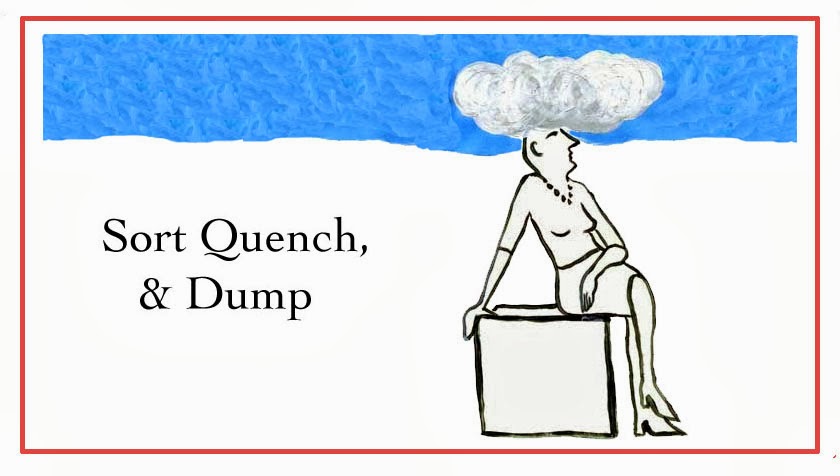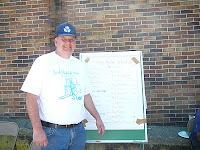
Chances are you want to hear how we are faring with the all-important task of sexing the chickens. It seems we have missed the opportunity to insert our fingers into the cloaca to feel the tell-tale penis-like bump – this can only be done safely in the first 24 hours of a chicken’s life, and I am happy to report that they are MUCH older now. So we are back to secondary sexual characteristics. And since chickens do not replace toilet paper rolls on dispensers, or fail to, nor do they talk about their feelings, or refuse to, these sure-fire indicators are not available to us. This morning I was looking for subtle signs of a desire to crow, or lay an egg. Last night they all gathered together under the heat lamp and slept in a sweet roosting-like cluster. Or so I want to believe. In Raising Chickens for Dummies, we read that the combs and wattles of the roosters will grow faster and larger than the hens; also, the roosters will have pointed – not rounded – hackle feathers. And we feel confident that the chicks will agreeably stay very still while he examine their body parts.
Since there is nothing to report, chicken-sex-wise, I thought I would discuss one of the more exciting Books from the Parental Basement. That would be Isometrics, by Henry Wittenberg, Olympic Gold Medal Champion. Our first introduction to isometrics was in Bill Bryson’s The Life and Times of the Thunderbolt Kid, in which the young Bill is observing his father practicing isometric exercises, which look a lot like someone standing still or sitting still. In Bryson’s capable hands, this is weepingly funny, or it is when read aloud by CSB in the tropics. So when I found a guide to isometrics in the basement, by an isometric champion no less, I could not wait to share it with CSB.
One cool thing about isometrics is that you can do them in 10-second increments. Here’s an example: press your right hand against the right side of your head and push while your head pushes back. Voila – you have created tension without motion, and you can call it exercise. Although it says clearly on the cover of this 5th GIANT PRINTING that Wittenberg is an Olympic champion, it turns out he is not the Olympic Isometric champion (I still don’t know who that is), and that was disappointing. He was a wrestler.

If you were a promoter of an “Amazing System of No-Motion Exercises” and writer of a best-selling guide to the Magic of Isometrics, you would think this might get mentioned in your obituary. I would. So I found it very strange when last month I read of the death of Henry Wittenberg at age 91, and isometrics were nowhere mentioned. (Do isometrics get any credit for his remarkable longevity? No, they do not.) His early fondness for chess and swimming was alluded to. His career as a champion wrestler was highlighted. His participation in the Maccabiah Game was featured. We read how, unable to secure a job as a teacher, he became a police officer. He is quoted on the subject of weight lifting as a training regiment.
Nothing about Isometrics.
























